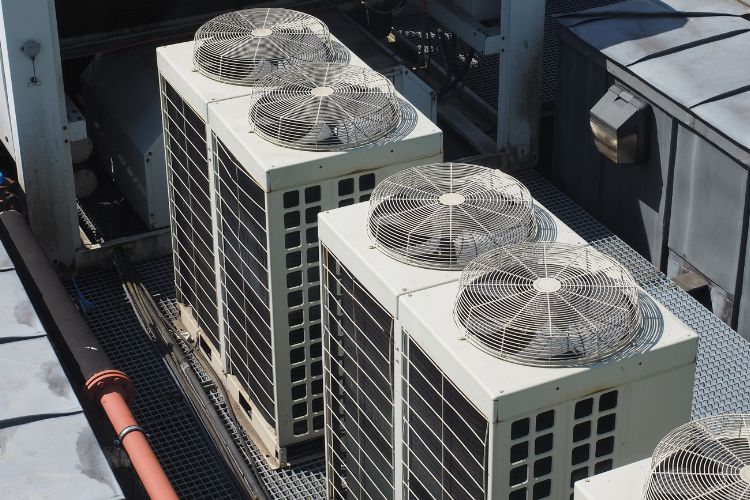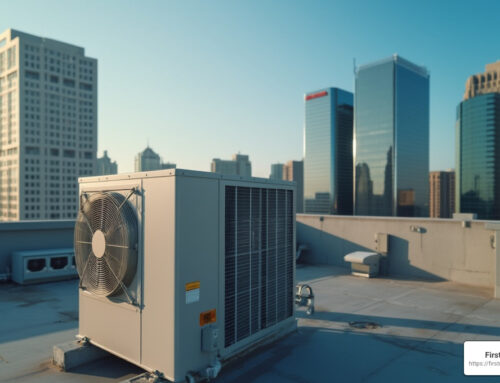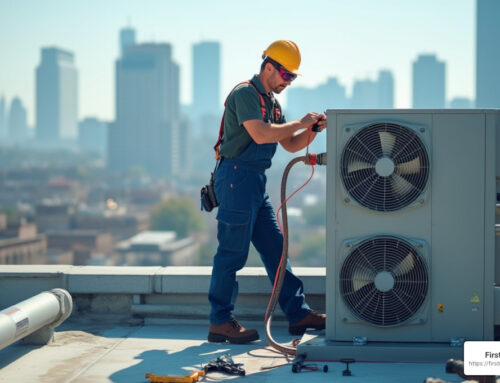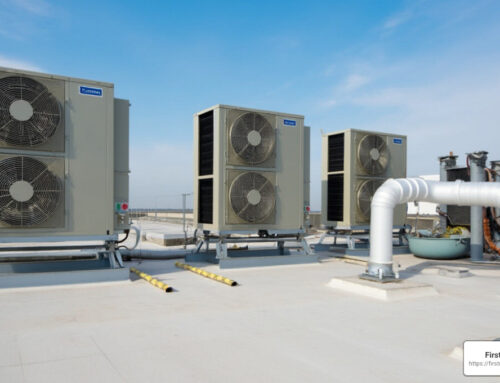
About the Author:
With a wealth of experience in the commercial HVAC industry, I’ve had the privilege of designing customized air conditioning solutions for businesses in Tampa, FL. As a dedicated professional committed to delivering comfort and efficiency, I’m passionate about sharing insights into the design process and helping business owners create optimal indoor environments.
In this post, I’ll delve into the intricacies of commercial air conditioning system design and explore strategies for optimizing comfort and efficiency in commercial spaces. From customized layouts to efficient ductwork design, I’ll discuss key considerations and offer practical tips for businesses looking to enhance their HVAC systems. More
Understanding Commercial HVAC System Design
Designing a commercial HVAC system requires careful consideration of various factors, including building size, occupancy levels, and usage patterns. By tailoring the design to meet the specific needs of the space, businesses can achieve optimal comfort and energy efficiency while minimizing operational costs.
Customized Air Conditioning Solutions for Businesses
Designing Commercial HVAC Systems in Tampa
Tampa’s climate presents unique challenges and opportunities for HVAC system design. By understanding local weather patterns and environmental conditions, designers can tailor HVAC solutions to maximize comfort and efficiency in commercial buildings throughout the area.
Commercial AC Layout Considerations
When designing the layout of a commercial air conditioning system, factors such as space constraints, building orientation, and equipment placement must be taken into account. By strategically positioning air handlers, ductwork, and ventilation components, designers can optimize airflow and distribution for consistent cooling performance.
Efficient Ductwork Design for Business AC
Ductwork design plays a crucial role in the efficiency and performance of a commercial HVAC system. Properly sized and sealed ducts minimize air leaks and pressure losses, ensuring efficient airflow throughout the building. By optimizing duct layout and configuration, designers can enhance system performance and reduce energy consumption.
Optimizing Comfort and Efficiency
Commercial HVAC System Zoning Tips
Zoning allows for customized temperature control in different areas of a commercial building, maximizing comfort and energy efficiency. By dividing the space into separate zones with independent temperature controls, businesses can adjust heating and cooling levels based on occupancy patterns and usage requirements.
Balancing Comfort and Efficiency in Commercial Spaces
Achieving the right balance between comfort and efficiency is essential for commercial HVAC system design. By selecting energy-efficient equipment, implementing smart controls, and prioritizing occupant comfort, designers can create sustainable indoor environments that promote productivity and well-being.
Designing HVAC Systems for Large Buildings
Large commercial buildings present unique challenges for HVAC system design, including complex layouts and diverse usage patterns. By employing advanced design techniques and technologies, such as variable refrigerant flow (VRF) systems and chilled beam technology, designers can create scalable solutions that meet the needs of even the largest properties.
Tailored Cooling Solutions for Commercial Properties in Tampa
In Tampa’s warm climate, effective cooling is essential for maintaining comfortable indoor environments year-round. By leveraging innovative cooling solutions, such as high-efficiency equipment and advanced control systems, designers can ensure that businesses stay cool and comfortable, even during the hottest months.
Conclusion
Commercial air conditioning system design is a complex and multifaceted process that requires careful planning, expertise, and attention to detail. By considering factors such as building size, occupancy patterns, and climate conditions, designers can create customized solutions that optimize comfort and efficiency for businesses in Tampa and beyond. From layout considerations to zoning strategies, every aspect of the design plays a crucial role in achieving optimal performance and sustainability. By partnering with experienced HVAC design experts, businesses can create indoor environments that enhance productivity, promote well-being, and deliver long-term value.












